Nigericin sodium salt
Synonym(s):;Azalomycin M;Helexin C;Polyetherin A
- CAS NO.:28643-80-3
- Empirical Formula: C40H69NaO11
- Molecular Weight: 748.97
- MDL number: MFCD30377206
- EINECS: 608-231-4
- SAFETY DATA SHEET (SDS)
- Update Date: 2024-11-19 15:53:33
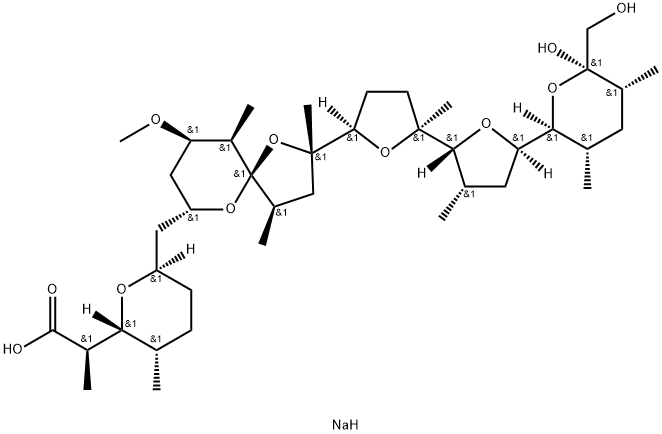
What is Nigericin sodium salt?
Description
Nigericin Na (28643-80-3) is a polyether ionophore which disrupts membrane potential and stimulates ATPase activity in mitochondria. Induces apoptosis resulting from intracellular acidification. Ion selectivity for nigericin Na is K+> Rb+> Cs+>>Na+. Cell permeable.
Chemical properties
NIGERICIN SODIUM SALT is white powder
The Uses of Nigericin sodium salt
Nigericin sodium salt is a polyether ionophore which catalyzes the electroneutral exchange of alkali metal (K+) for H+ (antiport). It disrupts membrane potential and stimulates ATPase activity in mitochondria. It transports monovalent cations across membranes with the following specificity: K+ >Rb+ >Cs+ >>Na. It kills bacteria by facilitating the diffusion of ions across membranes. It is widely used in studies of the consequences of changes in membrane potential in variable systems.
The Uses of Nigericin sodium salt
Nigericin sodium is the atypical salt of nigericin. Since nigericin is an ionophore, its very high affinity for monovalent cations such as Na+ and K+ means that formation of a salt is a facile possess occurring during purification under any but highly acidic conditions. Typically, the salts of polyether ionophores like the free acid, are readily extracted into organic solvents. The sodium ion is stabilised within a polar pocket of the structure, effectively making the salt and free acid different chemical moieties with the potential for differing pharmacology, a fact not readily appreciated in the literature.
The Uses of Nigericin sodium salt
Nigericin sodium is a salt of the atypical polyether antibiotic, nigericin. Since nigericin is an ionophore, its very high affinity for monovalent cations such as Na+ and K+ means that formation of a salt is a facile possess occurring during purification under any but highly acidic conditions. Typically, the salts of polyether ionophores like the free acid, are readily extracted into organic solvents. The sodium ion is stabilised within a polar pocket of the structure, effectively making the salt and free acid different chemical moieties with the potential for differing pharmacology, a fact not readily appreciated in the literature.
What are the applications of Application
Nigericin sodium salt is a polyether antibioitc K+ and Na+ ionophore
General Description
A monocarboxylate that catalyzes the electroneutral exchange of an alkali metal for H+ (antiport). Transports monovalent cations across membranes with the following specificities: K+>Rb+>Cs+>>Na+. An antibiotic that kills bacteria by facilitating the diffusion of ions across membranes. Disrupts the membrane potential and stimulates mitochondrial ATPase activity.
Biochem/physiol Actions
Product does not compete with ATP.
storage
Store at -20°C
References
1) Akhmedov et al. (2010), Mitochondrial matrix pH controls oxidative phosphorylation and metabolism-secretion coupling in INS-1E clonal beta cells; FASEB J., 24 4613 2) Gong et al. (2010), Chemical probing reveals insights into the signaling mechanism of inflammasome activation; Cell Res., 20 1289
Properties of Nigericin sodium salt
| Melting point: | approximate 255℃ |
| storage temp. | 2-8°C |
| solubility | Soluble in chloroform, methanol or ethanol |
| form | solution |
| color | White |
| Merck | 13,6569 |
| BRN | 3892398 |
| Stability: | Stable for 2 years from date of purchase as supplied. Solutions in DMSO or ethanol may be stored at -20° for up to 2 months. |
Safety information for Nigericin sodium salt
| Signal word | Danger |
| Pictogram(s) |
 Skull and Crossbones Acute Toxicity GHS06 |
| GHS Hazard Statements |
H301:Acute toxicity,oral H319:Serious eye damage/eye irritation |
| Precautionary Statement Codes |
P264:Wash hands thoroughly after handling. P264:Wash skin thouroughly after handling. P270:Do not eat, drink or smoke when using this product. P280:Wear protective gloves/protective clothing/eye protection/face protection. P301+P310:IF SWALLOWED: Immediately call a POISON CENTER or doctor/physician. P305+P351+P338:IF IN EYES: Rinse cautiously with water for several minutes. Remove contact lenses, if present and easy to do. Continuerinsing. P337+P313:IF eye irritation persists: Get medical advice/attention. |
Computed Descriptors for Nigericin sodium salt
| InChIKey | MOYOTUKECQMGHE-NTQCAYBPSA-M |
New Products
4-AMINO-TETRAHYDRO-PYRAN-4-CARBOXYLIC ACID HCL 4-(Dimethylamino)tetrahydro-2H-pyran-4-carbonitrile 4-Aminotetrahydropyran-4-carbonitrile Hydrochloride (R)-3-Aminobutanenitrile Hydrochloride 3-((Dimethylamino)methyl)-5-methylhexan-2-one oxalate 1,4-Dioxa-8-azaspiro[4.5]decane 5-Bromo-2-nitropyridine Nimesulide BP Aceclofenac IP/BP/EP Diclofenac Sodium IP/BP/EP/USP Mefenamic Acid IP/BP/EP/USP Ornidazole IP Diclofenac Potassium THOMAIND PAPER PH 2.0 TO 4.5 1 BOX BUFFER CAPSULE PH 9.2 - 10 CAP SODIUM CHLORIDE 0.1N CVS ALLOXAN MONOHYDRATE 98% PLATINUM 0.5% ON 3 MM ALUMINA PELLETS (TYPE 73) LITHIUM AAS SOLUTION 2-Bromo-1-(bromomethyl)-3-chloro-5-nitrobenzene 2-Bromo-3-nitroaniline N-(3-Hydroxypropyl)-N-methylacetamide 3-Bromo-6-chloropyridazine 4-ethyl-3-nitrobenzoic acidRelated products of tetrahydrofuran

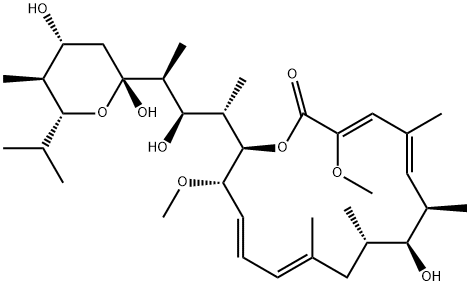
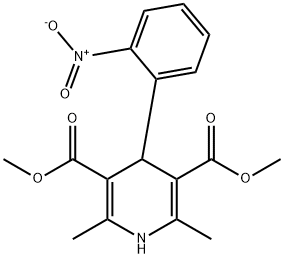
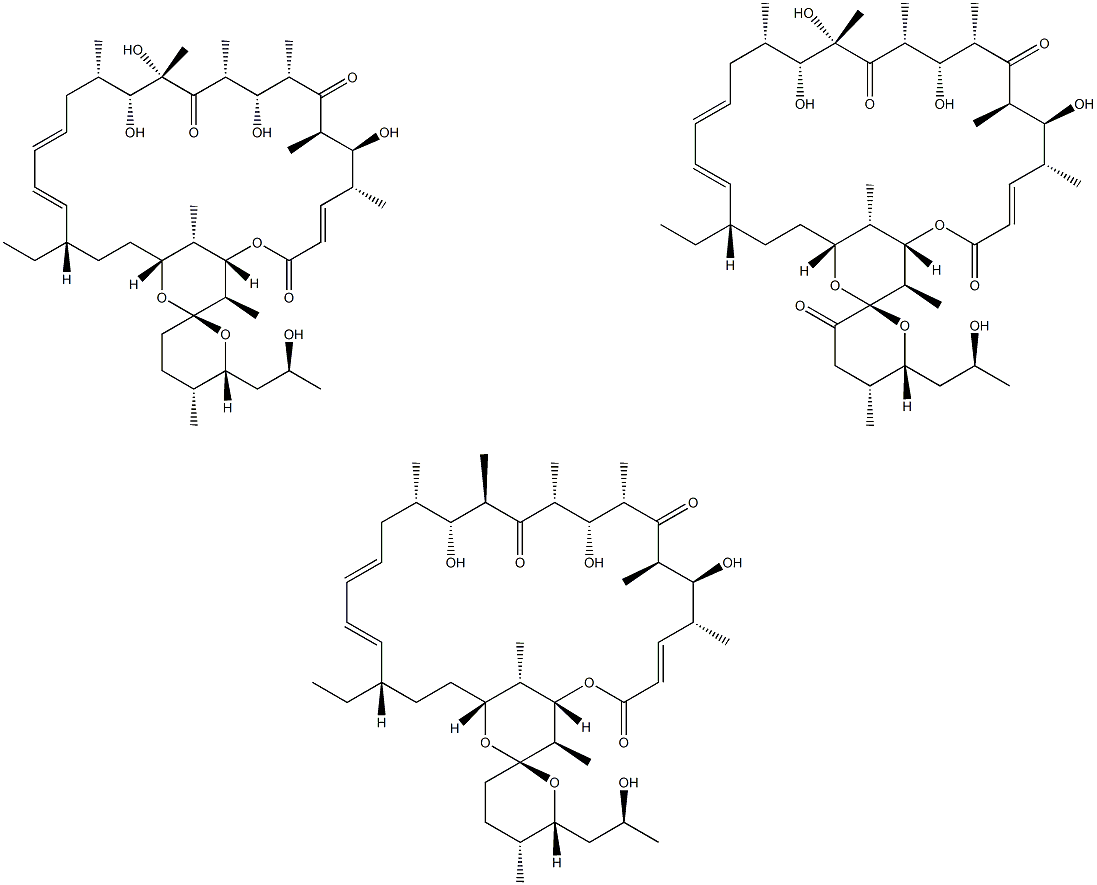
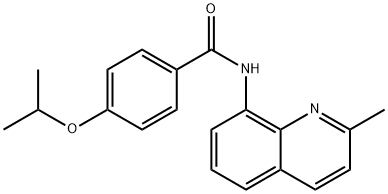

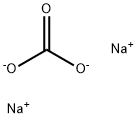

You may like
-
 Nigericin sodium salt CASView Details
Nigericin sodium salt CASView Details -
 Nigericin sodium salt CAS 28643-80-3View Details
Nigericin sodium salt CAS 28643-80-3View Details
28643-80-3 -
 1823368-42-8 98%View Details
1823368-42-8 98%View Details
1823368-42-8 -
 2-(3-(tert-butyl)phenoxy)-2-methylpropanoic acid 1307449-08-6 98%View Details
2-(3-(tert-butyl)phenoxy)-2-methylpropanoic acid 1307449-08-6 98%View Details
1307449-08-6 -
 Ethyl 3-(furan-2-yl)-3-hydroxypropanoate 25408-95-1 98%View Details
Ethyl 3-(furan-2-yl)-3-hydroxypropanoate 25408-95-1 98%View Details
25408-95-1 -
 2-Chloro-5-fluoro-1-methoxy-3-methylbenzene 98%View Details
2-Chloro-5-fluoro-1-methoxy-3-methylbenzene 98%View Details
1805639-70-6 -
 1784294-80-9 98%View Details
1784294-80-9 98%View Details
1784294-80-9 -
 Lithium ClavulanateView Details
Lithium ClavulanateView Details
61177-44-4